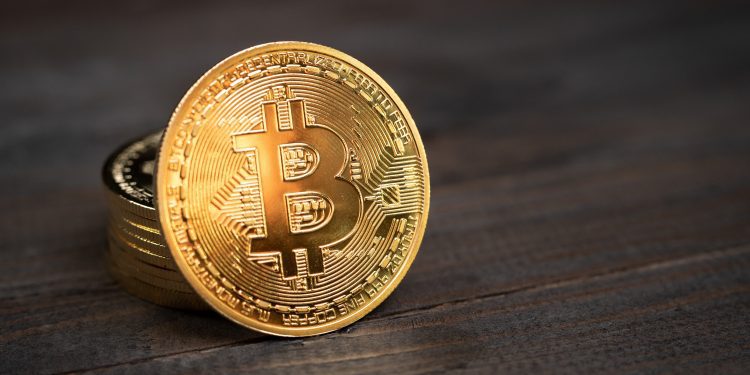Following historic losses, triggered by escalating trade tensions between the US and China, cryptocurrency investors have tried to regain their footing. But it’s been a rough slog.
Riding on the winds of a booming stock market and the prevailing sense that more rate cuts will fuel an extended rally, bitcoin recently topped the charts and set itself up for a historically strong October. Even accounting for the sharp losses in recent days, the digital currency is up more than 20% for the year, outpacing the gains of the benchmark S&P 500. But geopolitical tensions highlighted how fragile such asset climbs can be.
After months of an upward spiral with higher peaks, investors now confront a reset of speculative bets.
The back-and-forth between Washington and Beijing forced a pause across an array of bullish markets, rattled investors, and reminded Wall Street that, far from being a settled matter, tariffs are still in play as a political weapon and a powerful destabilizer. But bitcoin and other cryptocurrencies were hit especially hard.
Part of the plunge in prices has to do with the excitement surrounding crypto investing, which translates to more aggressive wagers using borrowed money. Some investors who wielded leverage on the chance of winning outsized gains were left dangerously exposed when panic selling took hold. A wave of forced liquidations exacerbated the fall.
Bitcoin shed as much as 5% Tuesday, but pared back the losses as investors reacted to Powell implying that another rate cut is possible at the Fed’s next meeting in two weeks. Still, the weight of unresolved disputes with China, which worsened just before the closing bell, kept investors from doing much even with a bullish catalyst.
The market-moving influence of a worsening trade conflict makes it harder to declare the sell-off a turning point for crypto or a peak bitcoin moment. If the dispute over critical minerals restrictions leads to a massive escalation in tariffs come Nov. 1, investors — crypto and otherwise — are in for more pain. And bitcoin and its lesser altcoin peers don’t have the corporate earnings to cushion a deteriorating macroeconomic picture.











